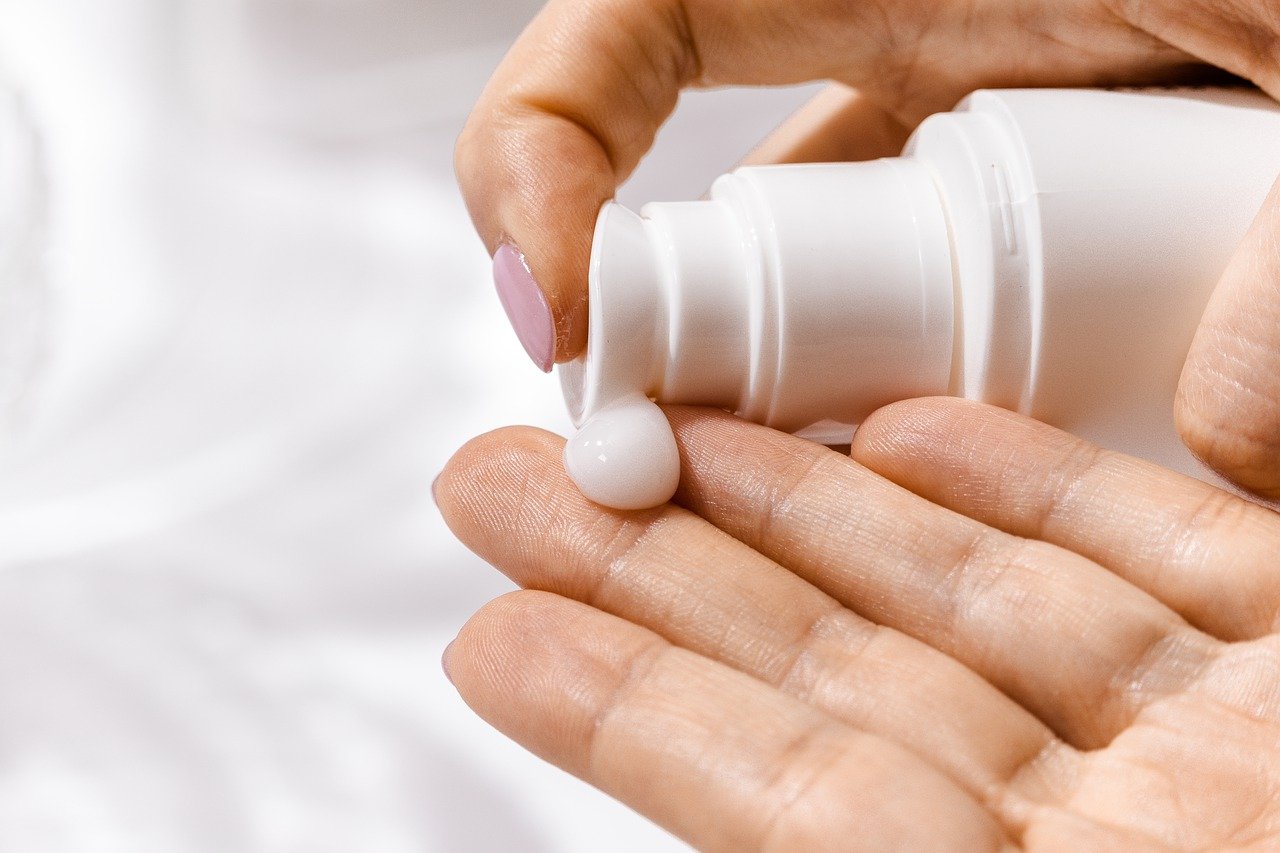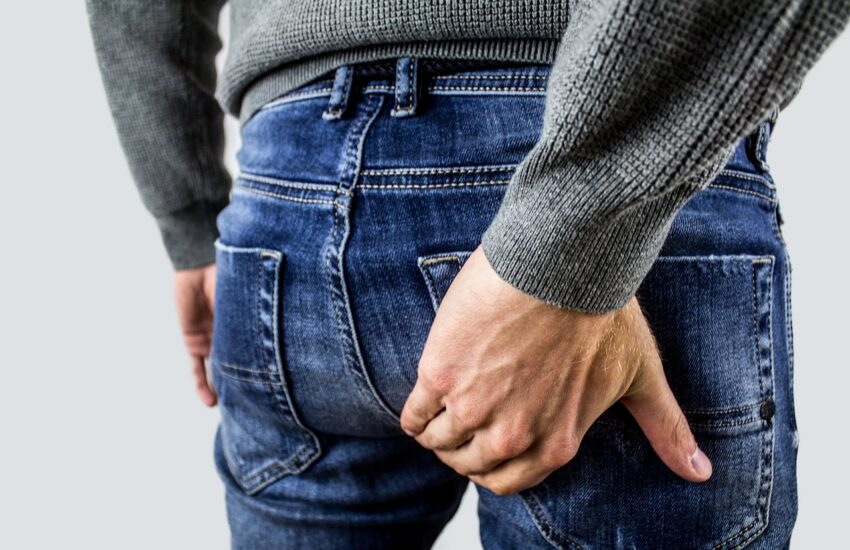Sunscreen Builds Up In the Blood?
Now that the sun is shining down brightly on the Northern Hemisphere, a lot of people are looking at how they can enjoy the sunshine and not get burned.
Tragically, putting on sunscreen in order to block the sun’s rays doesn’t just prevent you from being healthy (I’ll explain that shortly)… it can also contribute to a myriad of health problems.
That has to do with how sunscreen builds up in the blood.
Sunscreen is little more than a combination of several different chemicals that reflect the sun’s rays away from your skin on contact.
I know, that sounds like a good idea. Since sunscreen prevents the underlying tissue from burning which can lead to skin cancer among other problems, you’d think you should keep reflecting the suns’ rays.
The problem is the vast majority of sunscreens found on drugstore and grocery shelves use ingredients that leach into the skin and into your bloodstream.
These ingredients aren’t healthy by any means.
And when they enter into your bloodstream they can cause a load of different issues.
Today I’ll give you the lowdown on what sunscreen ingredients to avoid, how they can cause issues down the line, and most importantly, alternatives you can use so you can enjoy your time outside without worrying about burning or destroying your health…
Did Scientists Know These Ingredients Could Cause Such Great Harm?
In 2021 when I write this, it’s easy for consumers to be jaded by all the things wrong with products sold today.
For the past 20 years or so we’ve learned that everything we like and enjoy is “bad for us”.
From bread to shampoo, every product you use has a scary chemical boogeyman behind it.
When scientists first developed many of these chemicals they didn’t know, or didn’t think about how damaging these chemicals could be to the body.
They just used them because they worked and they saw that the utility exceeded the risk of not using them.
Basically, they had no idea ingredients could do so much harm and they never studied the effects because that wasn’t a big deal 60-80 years ago.
Today we’ve learned that products like sunscreen use a short-list of ingredients that can cause exceptional harm.
A few of the ones to watch out for are listed below.
But first, let’s talk about what the FDA, the “governmental body in charge of all things health” has shown to be true about a ton of sunscreens.
Just last year, in 2020, a study they conducted found that “chemical sunscreen ingredients are systemically absorbed after one application, and some ingredients can stay in the blood for at least three weeks.”
If you’re a beachlover or in a climate that gets sun most of the year long that may mean you’re under constant exposure for the entire year.
And once you see how these ingredients can impact your health you’ll see why you wouldn’t want to use them.
1 – Oxybenzone:
There are dozens of potentially dangerous ingredients in sunscreen, this is one of the worst.
The first problem is it’s in most sunscreens, which means most people are exposed to it. The second problem is it’s one of the worst at absorbing through the skin. And it’s got one of the most harmful effects on your endocrine system as well as being terrible for children.
You simply must avoid this one at all costs.
2 – Octinoxate (Octyl methoxycinnamate)
This too, is really bad for you. Part of the reason is this compound practically invades your body after application. Tests show after application it can be found in the blood at 16 times the recommended safety level.
The reason that’s so bad? Studies on animals show that this chemical can harm the metabolic system and affects thyroid hormone production.
3 – Octocrylene:
Another chemical that seeps into your skin. Testing has shown that after application this ingredient can occur up to 14 times the FDA cutoff for systemic exposure. And meanwhile the FDA says it’s still safe.
Which is surprising considering tests show it can contribute to skin allergies and is a lead contributor to killing sea coral. Plus, this chemical is known to be contaminated with a carcinogen benzophenone, so there’s really no reason to use it.
4 – Titanium dioxide and zinc oxide
These 2 chemicals are often touted to be safe as they’re more natural. Problem is that just because they’re natural doesn’t mean they’re good for you.
Here’s what the Environmental Working Group says about these substances:
“Titanium dioxide is classified as a possible human carcinogen by the International Agency for Research on Cancer, because of the potential of exposure through inhalation. For this reason, powdered or spray formulations containing titanium dioxide are of concern. Zinc oxide also carries inhalation concerns when used in spray and powder products”
Other ingredients you should watch out for are:
- Avobenzone
- Octocrylene
- Octisalate
- Homosalate
Now that you know what to look out for, it’s about time you see what you can use instead to block the sun.
Natural Ways to Block the Sun
So here’s the thing.
While I mentioned that all the ingredients above are potentially dangerous, part of that depends on how you apply them.
For instance Titanium dioxide and zinc oxide are only problematic because of inhalation. If you rub them on your skin they’re barely a threat.
Also, the higher the SPF, the more problematic ingredients there may be.
No sunscreen is going to last more than 2 hours, and applying heavy-doses of SPF 50 doesn’t really do much more for you than an SPF 15 or so.
They recommend (and the reason I go with their recommendation is they’ve done exhaustive research on this subject) to use sunscreen with these ingredients:
Zinc Oxide, Avobenzone, and Mexoryl SX.
Then they suggest you only use sunscreens that are rub-on, water-resistant, don’t contain insect repellent, are broad-spectrum, and under SPF 50.
You can find these kinds of sunscreens all over, including our store, but the most important thing is to stop using harmful sunscreens ASAP.


